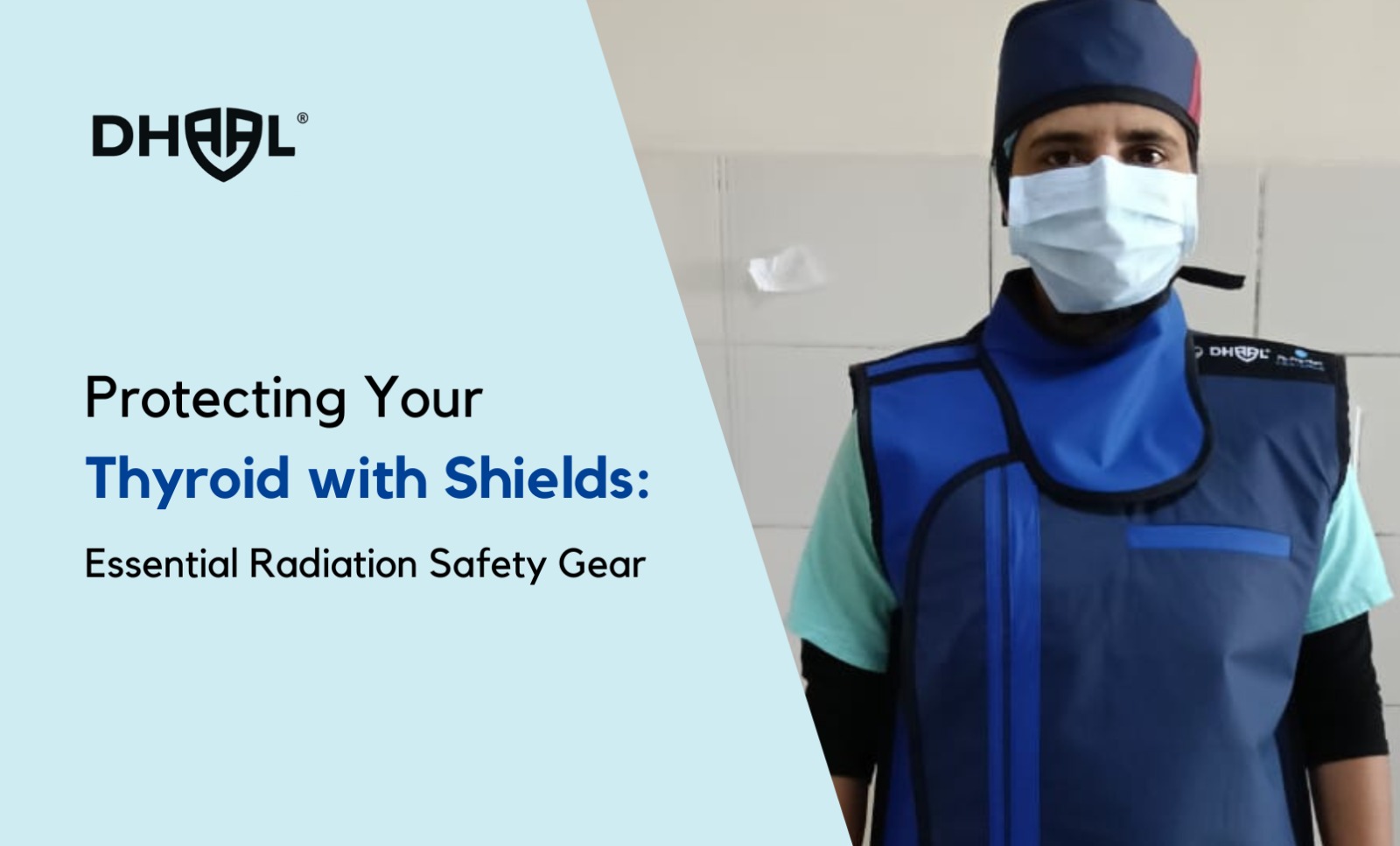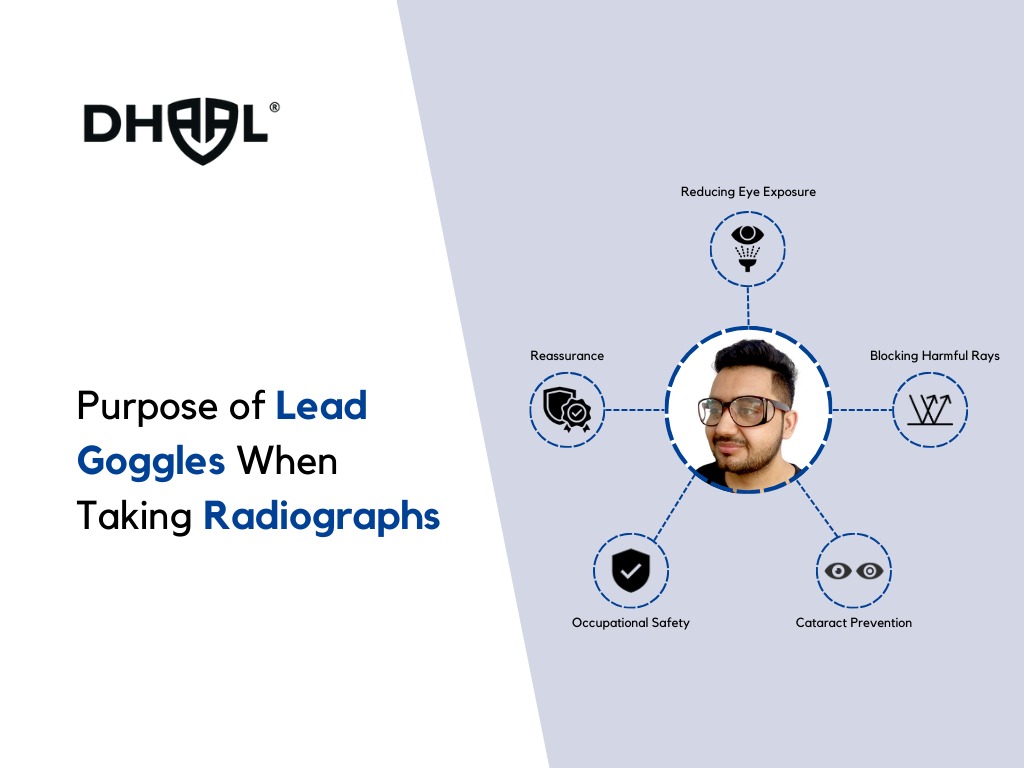
Radiation safety is a critical concern in medical and dental environments, where diagnostic imaging technologies like X-rays and CT scans are widely used. Among the most vulnerable areas to radiation exposure is the thyroid gland, a small but vital organ located in the neck. Thyroid shields are an indispensable tool for protecting this sensitive gland, ensuring the health and safety of both healthcare professionals and patients. Here’s everything you need to know about thyroid shield radiology, their importance, and how to choose the right one.
Why the Thyroid Needs Protection
The thyroid gland plays a crucial role in regulating metabolism, growth, and overall hormonal balance. Unfortunately, its location in the neck makes it highly exposed to ionizing radiation during imaging procedures. Even low-dose radiation can accumulate over time, increasing the risk of thyroid conditions such as cancer, hypothyroidism, and nodular diseases.
Healthcare professionals, especially those working in radiology, interventional cardiology, or dental practices, face repeated exposure throughout their careers. Patients undergoing frequent imaging procedures are also at risk. This is where thyroid shields come into play, acting as a simple yet powerful barrier to radiation.
How Thyroid Shields Protect You
Thyroid shields are designed to absorb and block ionizing radiation from reaching the thyroid gland. Made with lead or advanced lead-alternative materials, these shields form a critical part of standard personal protective equipment (PPE) in medical and dental practices.
When properly worn, a thyroid shield wraps snugly around the neck, creating a safeguard without impeding movement or causing discomfort. This extra layer of protection significantly reduces radiation dose exposure, preserving the long-term health of healthcare providers and their patients.
Key Features of Quality Thyroid Shields
Not all thyroid shields are created equal. High-quality shields are specifically engineered to balance protection, comfort, and durability. Here are the features to look for:
- Effective Radiation Attenuation
A good thyroid shield should block a significant amount of radiation, often measured in terms of lead equivalence. Most shields offer a protection level of 0.25mm to 0.5mm lead equivalence, which is sufficient to mitigate occupational exposure risks.
- Comfortable Design
Because thyroid shield for mammogram are worn for extended periods, comfort is key. Shields with padded edges, lightweight construction, and breathable materials make them easier to wear, even during long shifts.
- Adjustability
A proper fit ensures both protection and comfort. Adjustable Velcro straps or snap closures help users customize the fit to their preferences, creating a secure yet flexible seal.
- Durable Materials
Quality thyroid shields are made to last. Lead or lead-alternative materials are often coated with a durable outer layer that resists tears, stains, and everyday wear. This ensures the thyroid shield for dental x rays maintains its protective properties over time.
- Compatibility with Other PPE
Modern thyroid shields are designed to integrate seamlessly with other radiation protection gear, such as lead aprons or protective eyewear. Some models even come as detachable collars that connect directly to lead aprons.
Tips for Choosing the Right Thyroid Shield
Selecting the right thyroid shield can make all the difference in ensuring effective radiation safety. Keep these tips in mind:
- Understand Your Role:
- Radiologists, dentists, and dental hygienists may require higher lead equivalency (0.5mm) for more robust protection.
- Patients undergoing imaging can opt for simpler designs with basic coverage.
- Prioritize Adjustability:
- Look for straps or closures that allow for a snug fit. A loose shield won’t provide optimal protection.
- Consider Weight:
- For professionals wearing shields all day, lightweight lead-alternative options can minimize neck strain without compromising safety.
- Check for Durability:
- If you work in a high-usage environment, select a thyroid shield for x ray made from durable materials that resist cracking or tearing.
Maintaining Your Thyroid Shield for Long-Term Use
Investing in a good thyroid shield is only the first step. Proper maintenance is essential to prolong its lifespan and ensure consistent protection. Follow these tips to care for your shield:
- Inspect Regularly:
- Check for signs of damage, such as cracks, punctures, or thinning areas. Replace the shield immediately if any flaws are found.
- Clean Properly:
- Wipe the shield with a soft, damp cloth after each use to remove sweat and debris. Use mild disinfectants to keep it hygienic without damaging the materials.
- Store Correctly:
- Hang your shield on a designated rack or storage hook to prevent creasing or deformation. Avoid folding or compressing it, as this can compromise its protective integrity.
Incorporating Thyroid Shields Into Routine Safety Protocols
No radiation safety program is complete without the use of thyroid shields. Their simplicity and efficiency make them an essential tool for reducing radiation risks in environments where exposure is a daily reality. By incorporating these shields into routine practices, healthcare teams can demonstrate their commitment to safety and instill confidence in patients.
For healthcare workers, thyroid shields are not just another piece of equipment—they’re a long-term investment in personal health and well-being. Patients, too, benefit from their use, gaining reassurance that protective measures are being taken during imaging procedures.
Final Thoughts
Radiation safety is non-negotiable, and thyroid shields are a small yet powerful part of the bigger picture. With their ability to protect the thyroid gland from harmful exposure, these shields ensure the health and safety of both professionals and patients. By choosing high-quality options, using them correctly, and maintaining them diligently, you can maximize their effectiveness and longevity.
Remember, safeguarding your health starts with the right choices. Whether you’re a healthcare provider or a patient, make thyroid shields part of the standard protocol for every radiation-related procedure. Your thyroid will thank you for it.



